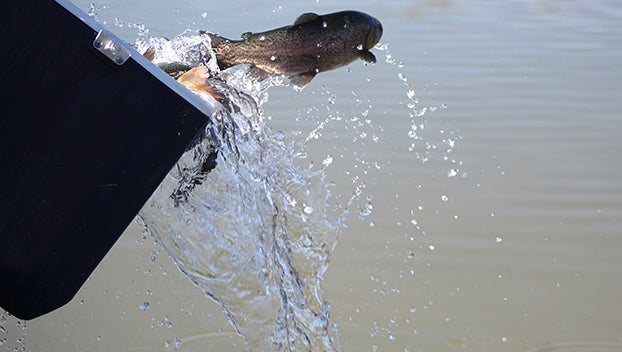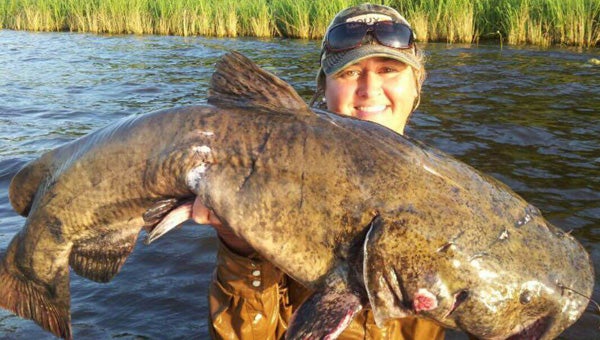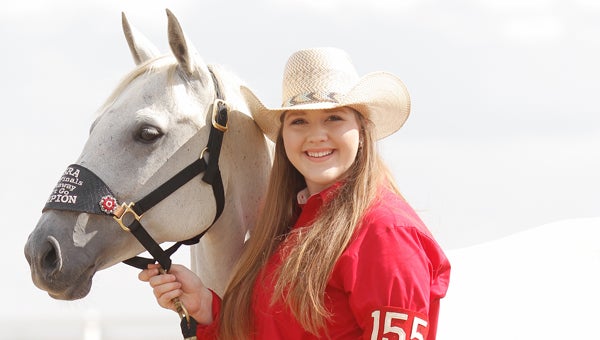Temperatures continue to affect fishing
Published 12:01 am Sunday, April 7, 2013
Below-average air temperature continues to hold the water temperature down. The fishing was fair to good for a couple days. Then a cold front passed, slowing the fish activity down.
Saturday morning began with 46-degree air temperature, which warmed into the mid 70s by mid-day. That is a good thing. We certainly need more seasonable weather. We did not see any sunshine this week until Friday.
The good reports on the bass and white perch fishing slowed down, but you can bet with all this sunshine that the fish made a move to shallow water Saturday and today. These spring cold fronts keep the bass and perch fishermen and ladies thinking, moving and trying different lures and patterns.
During a normal year, by April, we are well into a great surface lure bite for big bass. This year has been everything but normal. The bass spawn on the Louisiana side of the river on the public lakes never kicked off when it normally does, which is mid to late February. We had some fish move up, but high, muddy water and water levels dropping too fast really messed the spawn up.
Looking back at the entire month of March as compared to January and February, the bass and perch fishing really fell off. April rolled around, and conditions have not changed much until this weekend. The surface water temperature would warm up to the mid-60s, then a cold front would knock the water temperature back down, sending the fish to who knows where.
One thing that did hold up was the great bass and perch fishing on the smaller bodies of water. The barrow pits and small lakes warm up faster than the larger oxbow lakes, and that is where the best fishing was.
That probably changed starting Saturday with the warm sunshine. The cold fronts are slowly becoming less of a negative factor and will soon be gone as we move into mid spring. The water is on a steady warm up. The fish will become more predictable on the larger lakes.
This time of year is good and bad. It depends on what species of fish you are trying to catch and if a cold front has just passed. It is early for the catfish on lakes Concordia, St. John and Bruin to do what they are doing, but it is happening anyway. The catfish are shallow and active and apparently spawning much earlier than normal.
As I bass fish, I see yo-yos set baited with minnows, and they are really busy. I counted 30 to 35 catfish hanging from these mechanical fishing devices on Lake St. John a few days ago. Most are channel catfish that weigh anywhere from 2 to 8 pounds.
It is usually late April or May before we see this much catfish activity on the still water lakes, but for whatever reason the catfish are biting. The largemouth bass and perch spawn was not as evident as it normally is by now. Instead of a lot of fishing moving to the shallows at once, we had a few move up, spawn and leave, then several weeks later a few more fish spawned.
I can’t recall a spawn like this in many years. One of the big factors that helped the spawn was the 24-plus inches of rain we’ve received so far this year. The higher water level gives the fish more places to spawn, but there is a negative side to the high water — the water was muddy. Cold, muddy water can make bass and perch fishing very difficult.
We had to fish extremely shallow and fish fast but slow for the past month, meaning cover as much water as you can, but when you had your lure down, you had to soak it using an extremely painstaking slow retrieve.
The warmer air temperature we have right now is a good thing. The spawn will soon be over. We will be able to pattern fish as they become more predictable. The Saline/Larto and Black River/Horseshoe Lake complexes offer your best shot at some big slab white perch. Lake Concordia and St. John’s water level has really dropped, but it is clearing up. Lake St. John produced some nice size perch last weekend, and I am sure someone caught them this weekend.
Next up will be the bream spawn. Just keep close water on the water temperature. Right now the water averages about 65 degrees. Once the water hits 70 degrees for a few days, the bream will spawn.





